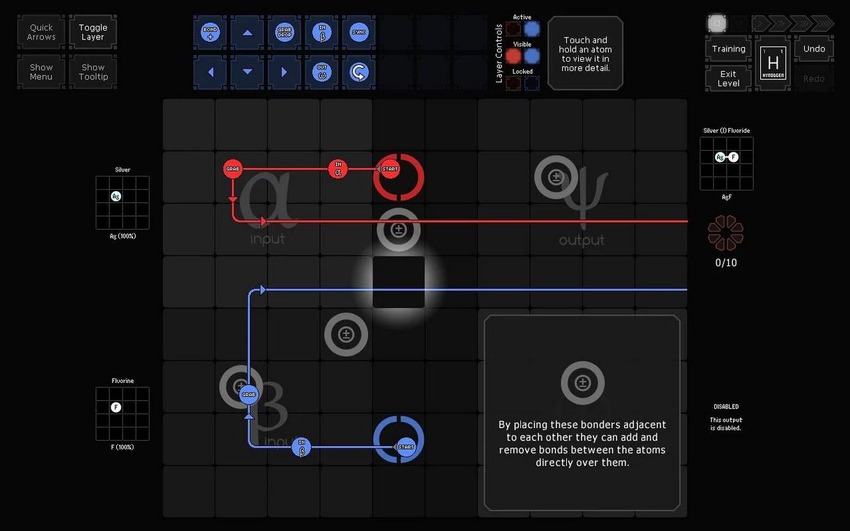
One jarring obstacle to widespread gamification (or just utilizing games in classroom environments) is finding the right balance between educational content, the notion of “fun,” and a “pleasantly challenge experience” in games. Granted, this inquiry prompts the question of, “how can the educational value of a game be classified?” — a fair question, though, unfortunately, there hasn’t been a streamlined classification for games yet, no doubt because of their subjective nature.
And that’s kind of the problem: games are hugely subjective, and individuals experience the medium (and content) differently. Just as there are people satisfied with traditional Rock, Paper and Scissors (RPS), there are those who enjoy RPS-5 e.g. “Lizard” and “Spock” variants, and even others who play RPS-11, RPS-25, and RPS-101 (an RPS with 5050 outcomes).
Civilization is a great example of this dilemma — it’s a hugely complex game focusing on diplomacy, warfare, micro-econ, macro-econ, religion, exploration, and more. Kurt Squire has utilized the game in his classes, though with varying success: students are polarized in their reception; there are those who love it, those who have mixed feelings, and students who hate it so much they quit the class outright.
Finding a balance between difficulty levels, educational content, and “fun” can be downright impossible — while it’s slightly remedied in a tutor setting, to gamify a classroom environment — especially for students at or above high school levels, is a daunting task, and brings to question whether there will ever be streamlined game curricula.

